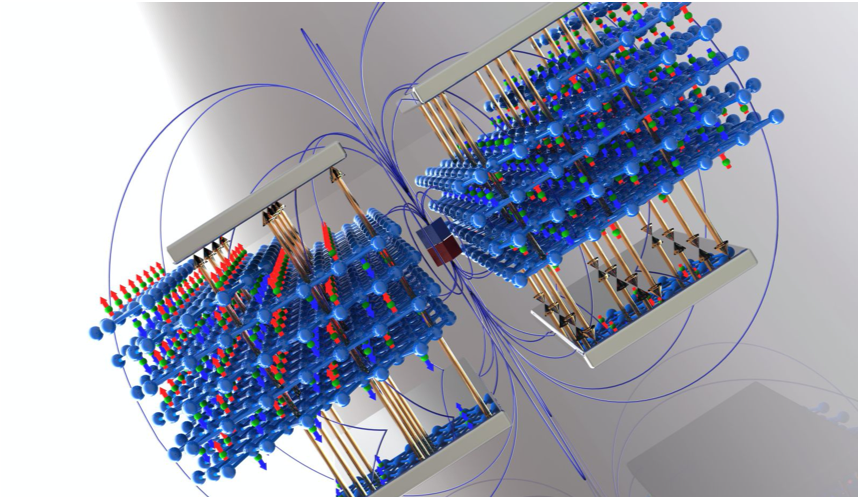The ultimate goal, and surely the target of next decade, is to create ‘on-demand’ systems and hetero-interfaces hosting desired functional properties, i.e. a path to the realization of quantum devices To reach this goal, one of the next frontier in quantum materials research is the understanding and the control of interface-driven, and more generally dimensionality-driven effects, exploiting systems whose properties fall somewhere between those strictly 2D (e.g. graphene) and 3D. Paradigmatic examples of such flourishing field of solid state science, are , other than graphene, weyl systems, (anti)ferromagnetic topological insulators, axion insulators, systems where the spin dimensionality is coupled to topological-based electronics, including magneto-electric effects. Heterostructure engineering, i.e. use of dimensionality effects, coupled to modulation doping and superconducting properties, will open the integration, in a single system/device, of strong electronic correlation with fault tolerant electronics.
Research at IOM-CNR aims at establishing the foundations of a radically new solid state platform including superconductors and semiconductor nano-structures, where 2D electron gases and tailored heterostructures are used to build up quantum-based devices.
